Reconstruction of Deák house / Szeniczey Mansion, Paks, HU
Modernization and Extension of the Town Museum
The redesign, modernisation and extension of the Town Museum in Paks has been going on amongst changing conditions and concepts since the early 2000s. The architectural framework is finished, including the reconstruction of the existing building, the construction of a new structure and the furnishing of the new exhibition rooms and installations. The renovation of the neighbouring Deák Mansion allowed for the extension of the Town Museum. In 2012, the designers outlined a complex development concept which they had also submitted to the European Union for funding. Support was granted and the design stage of the extension was launched by adding a new building to the existing complex. An important goal was to integrate and harmonise the new part with the old building. The extension also offered an opportunity for the designers to organise the existing outbuildings of the neighbourhood. The firewall of the outbuildings has closed down the back part of the yard, creating a spatially and functionally separated area. The designers had taken the faculties of the terrain and site into account, as well as its history, preserving architectural forms and details while creating their successors. The old building was modernised in a reconstructive way: the work relied on the results of research into general history and the history of the building itself, in order to expose and display important changes in the life of the building as well as the imprints of a variety of periods. The goal was to turn the building and its operations into an integral part of the exhibition, turning its history into a living experience.
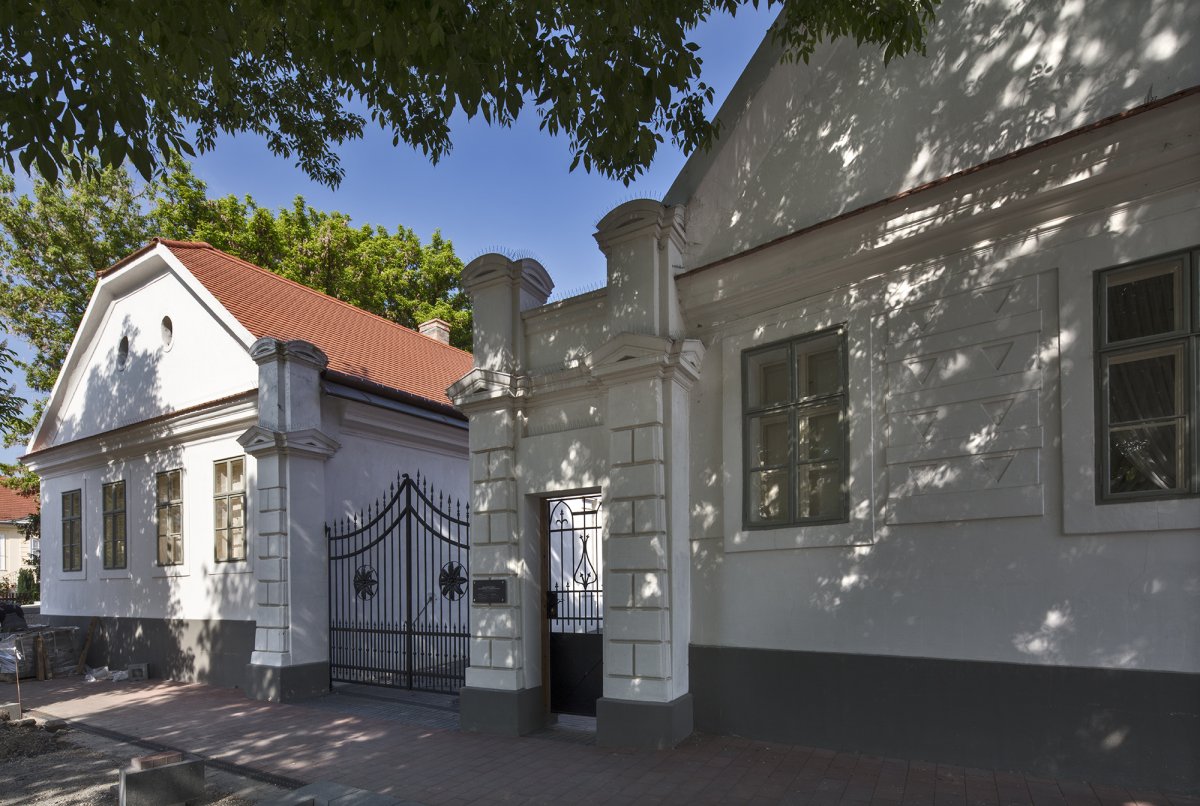
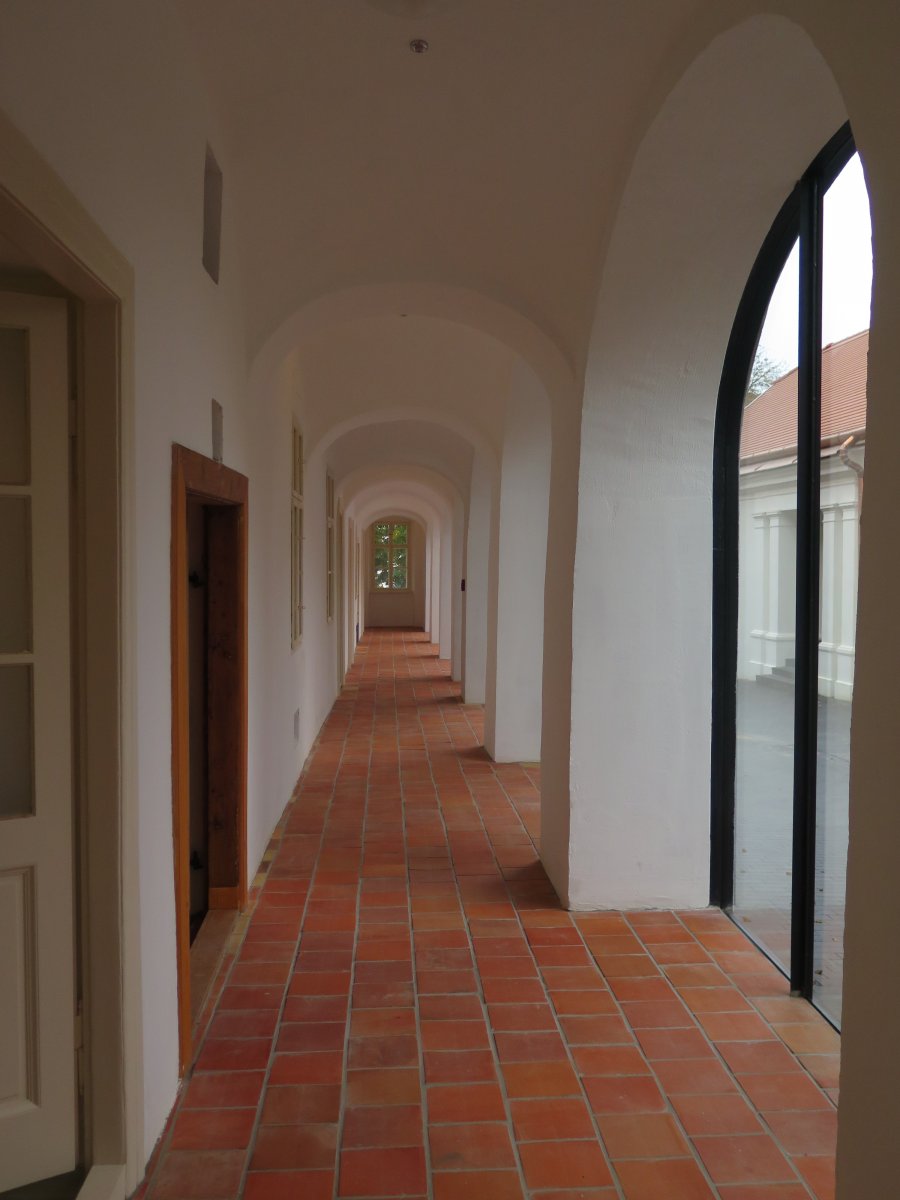
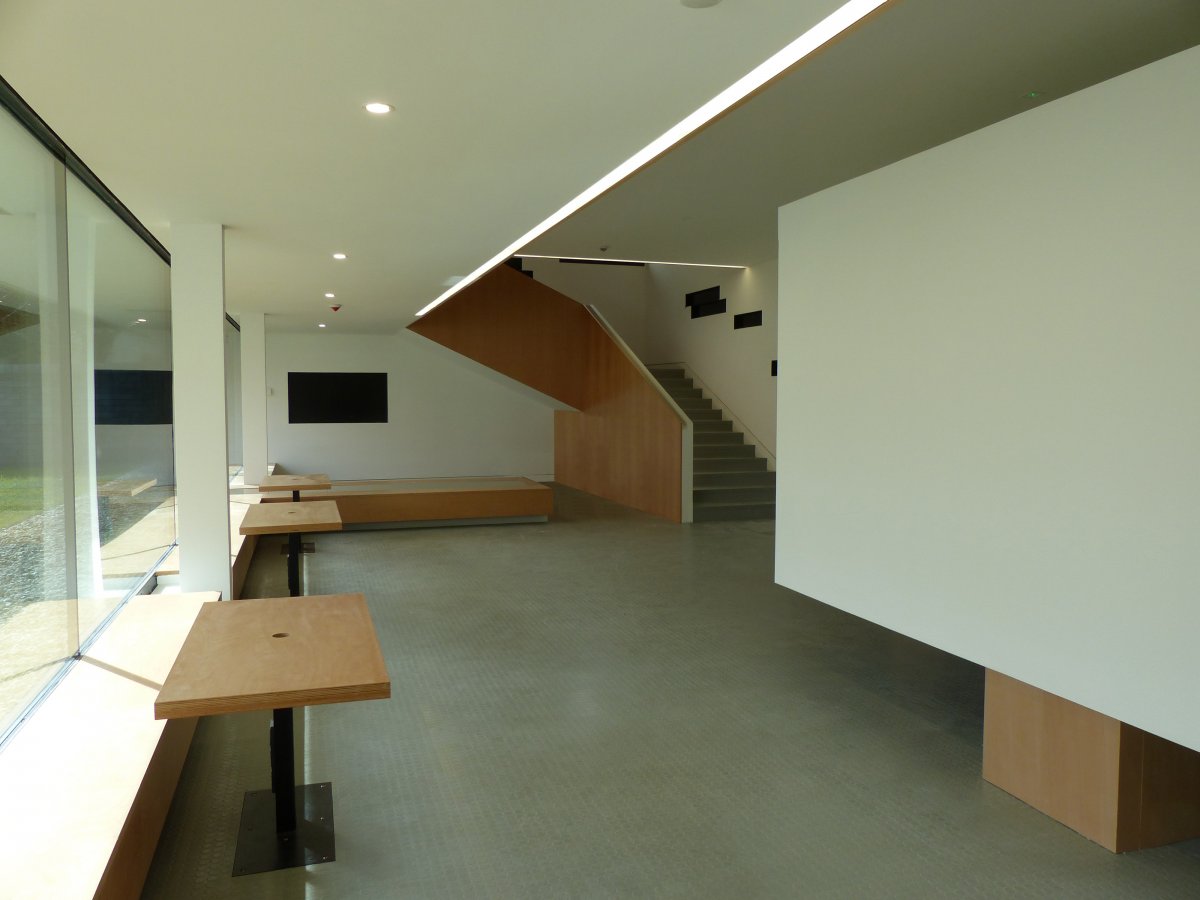
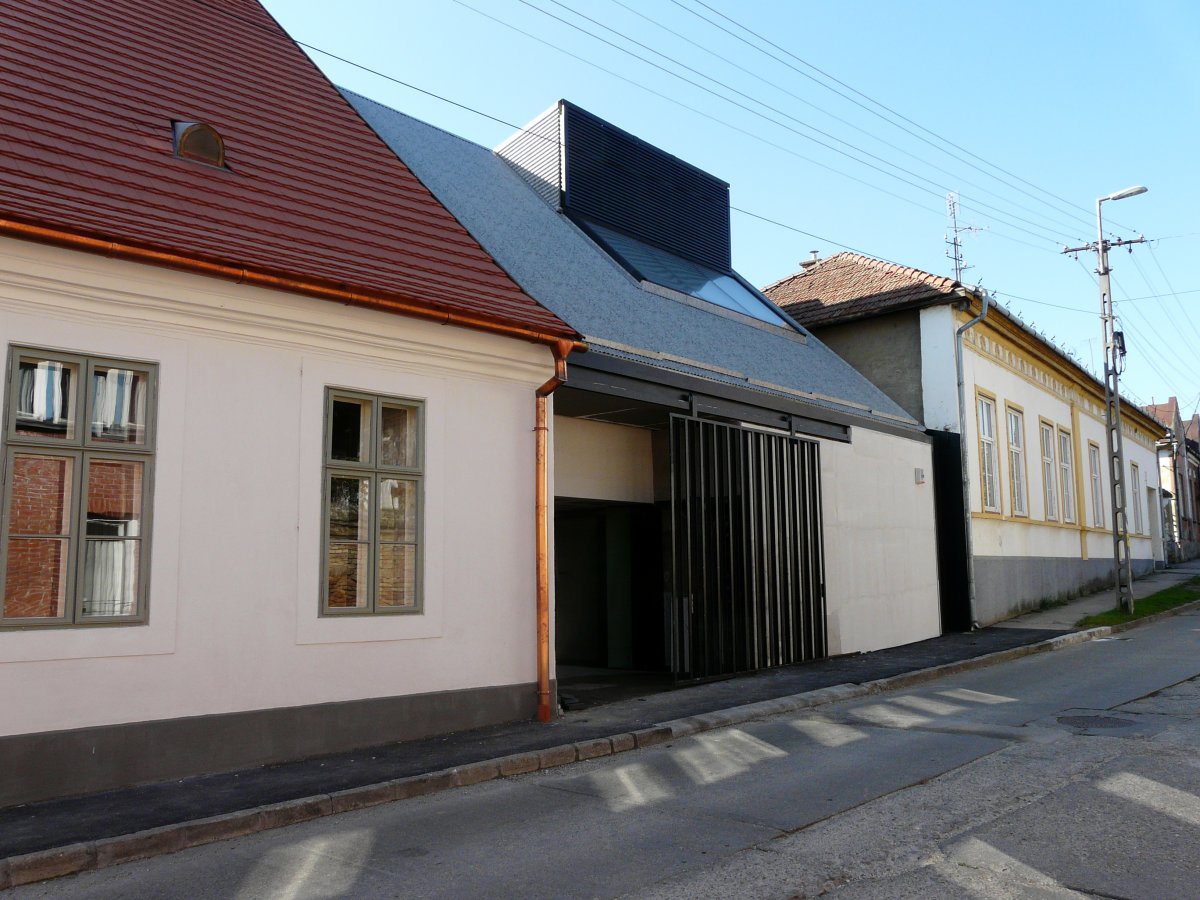
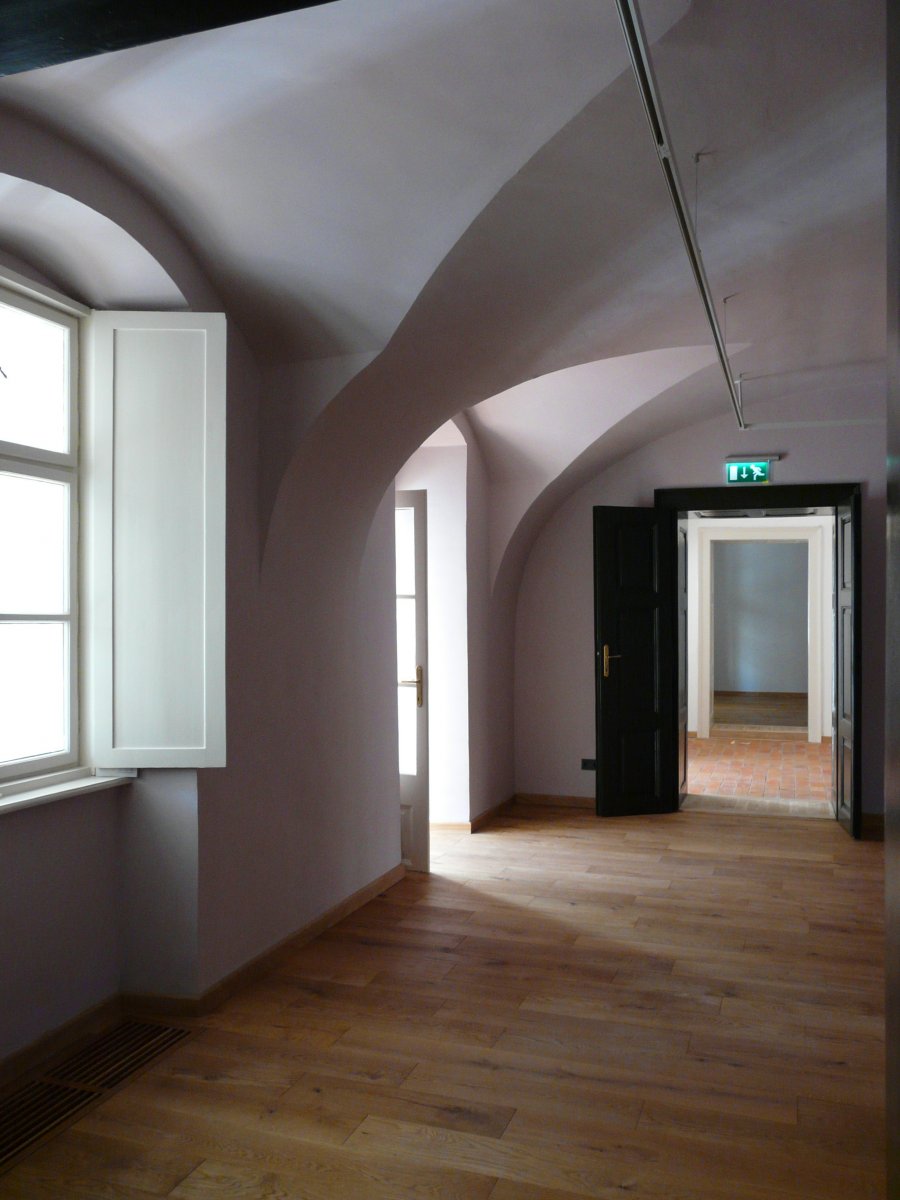
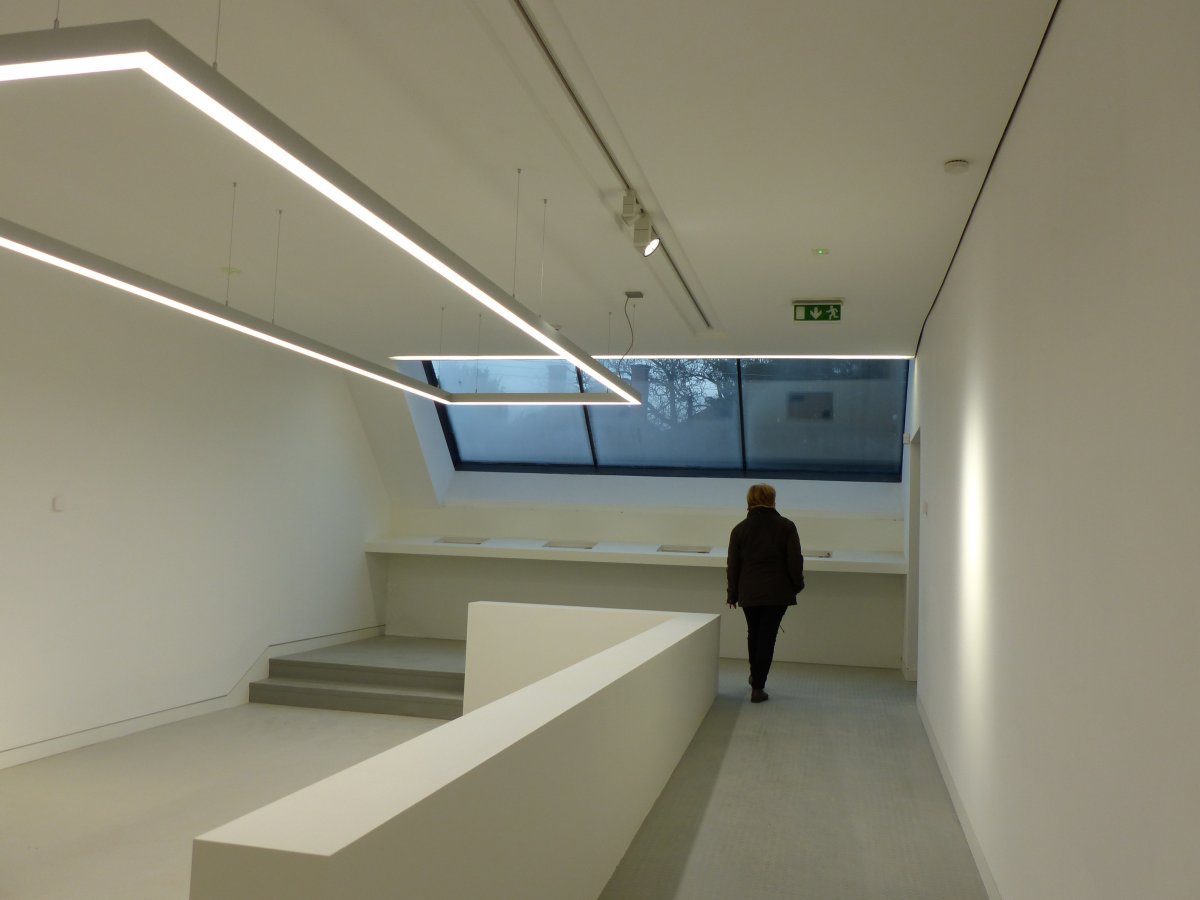
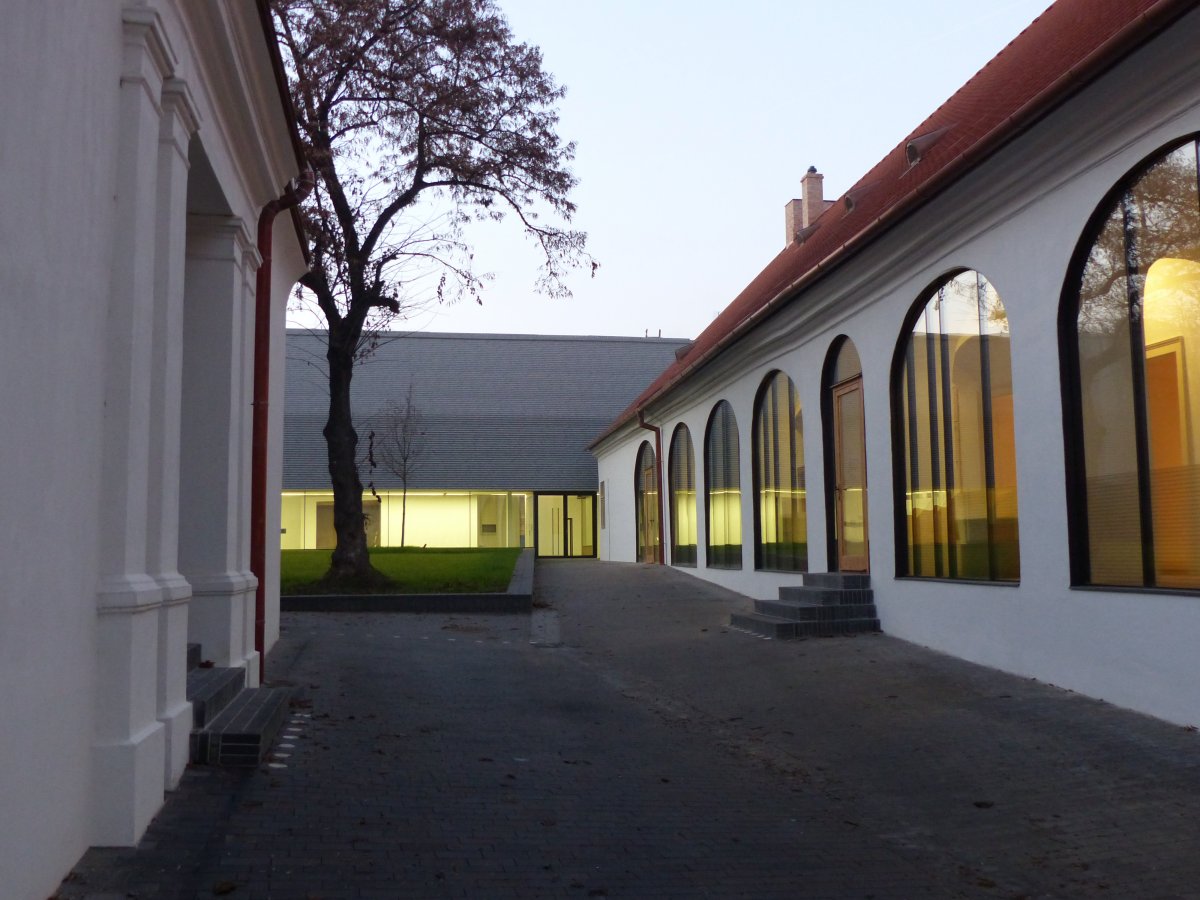
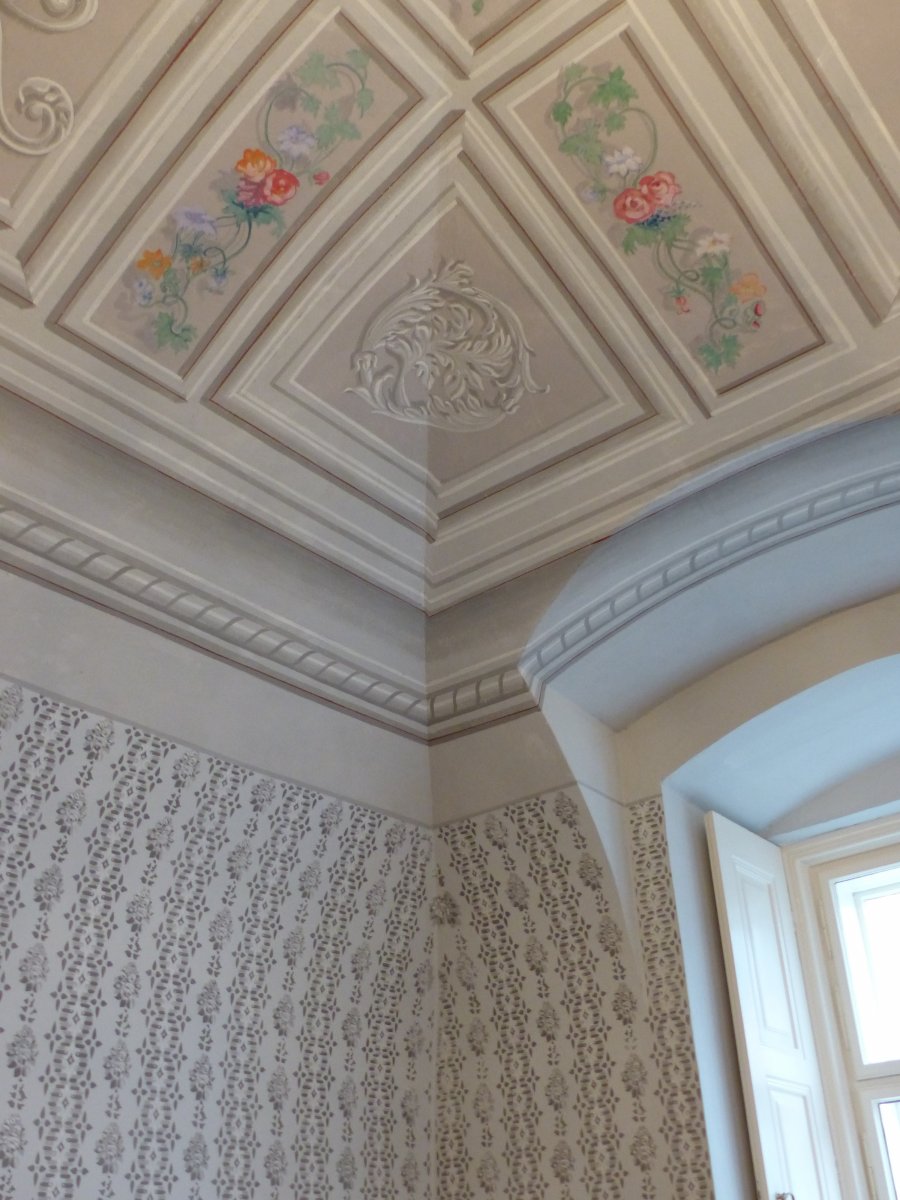
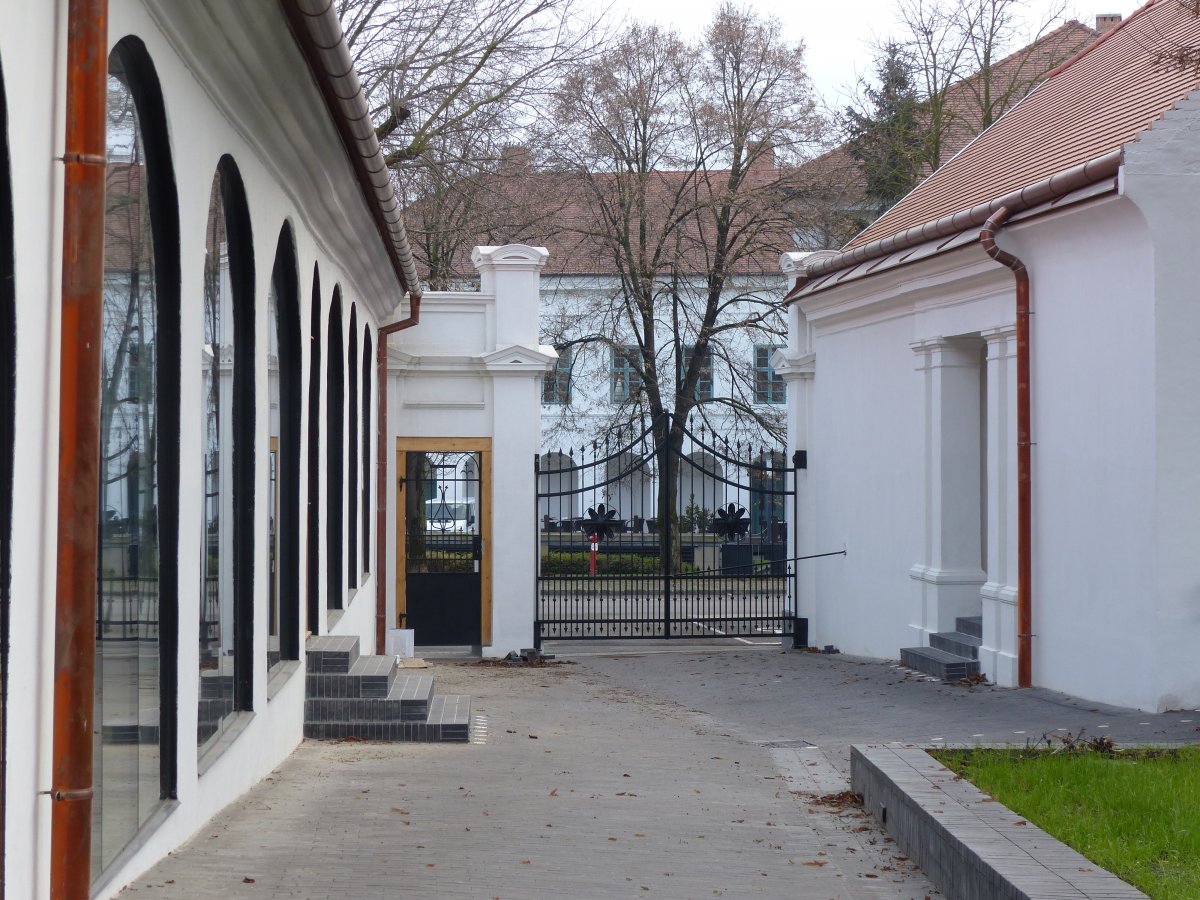
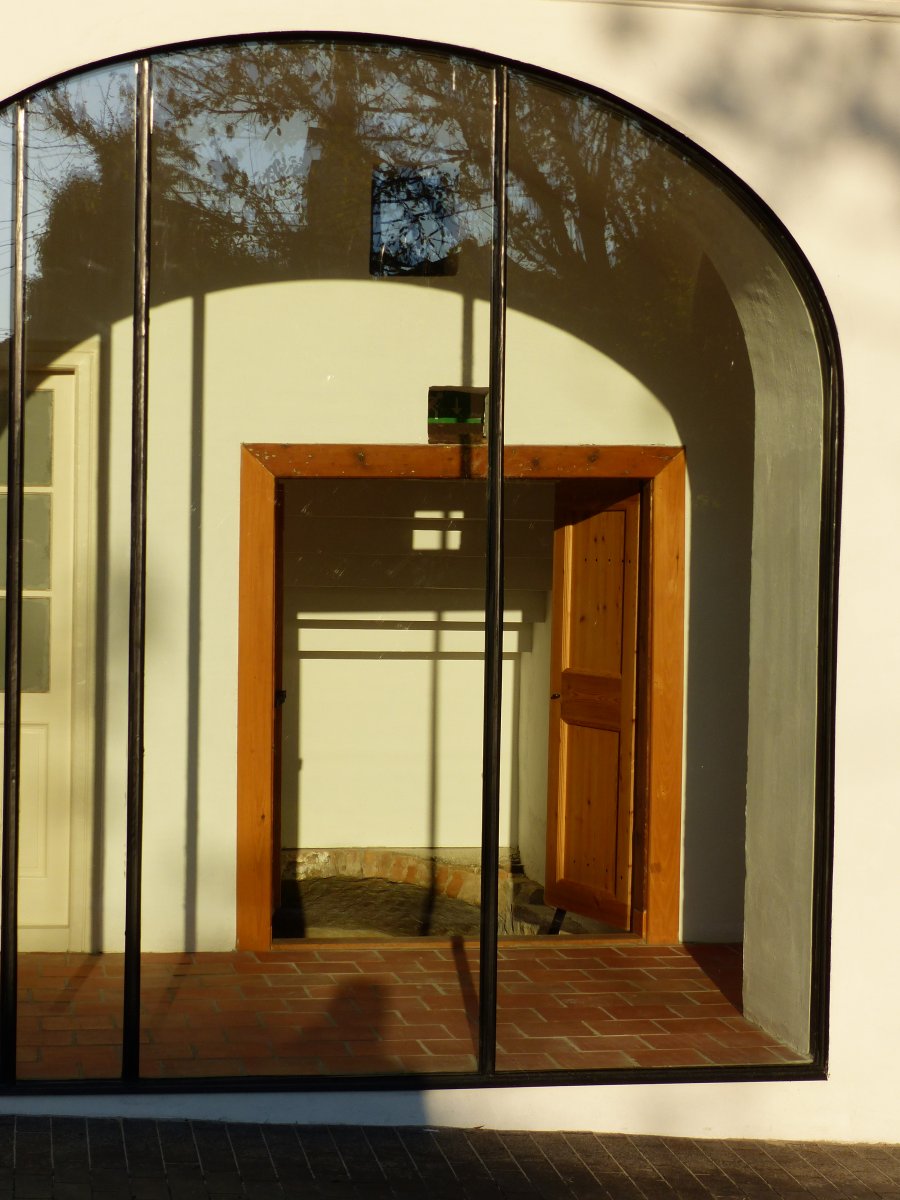
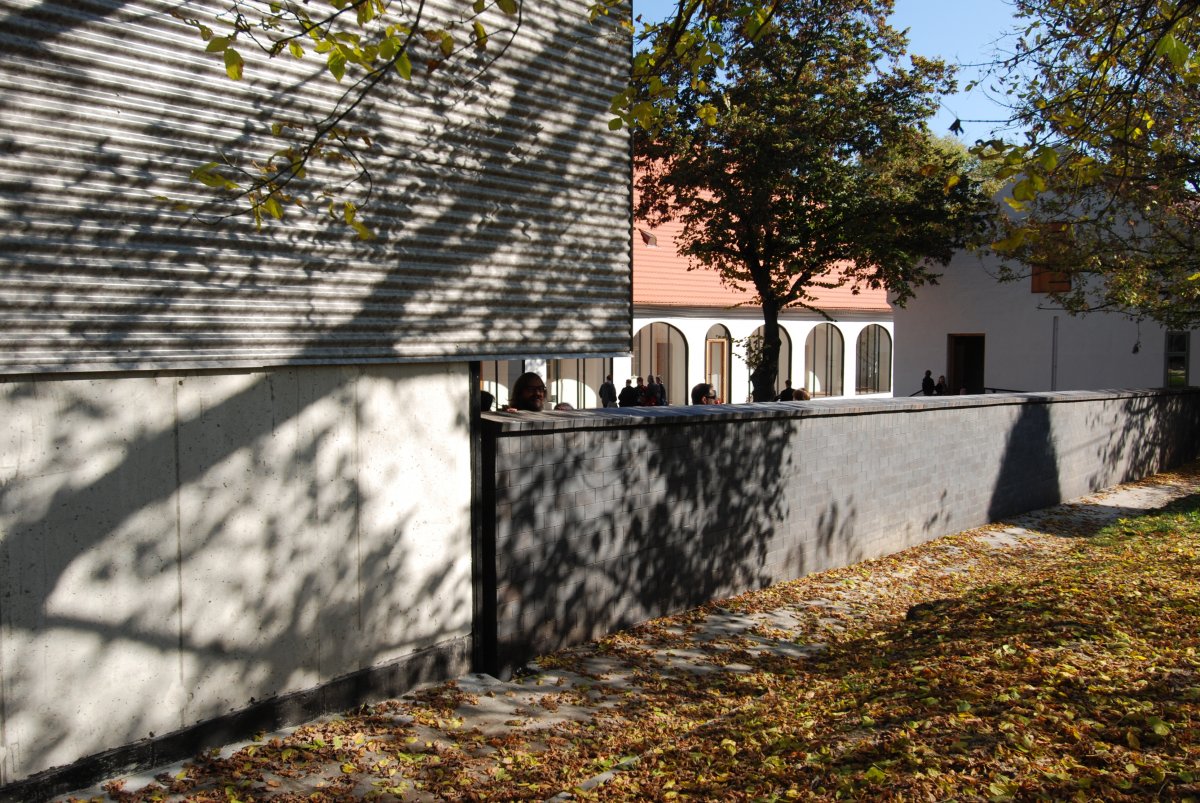
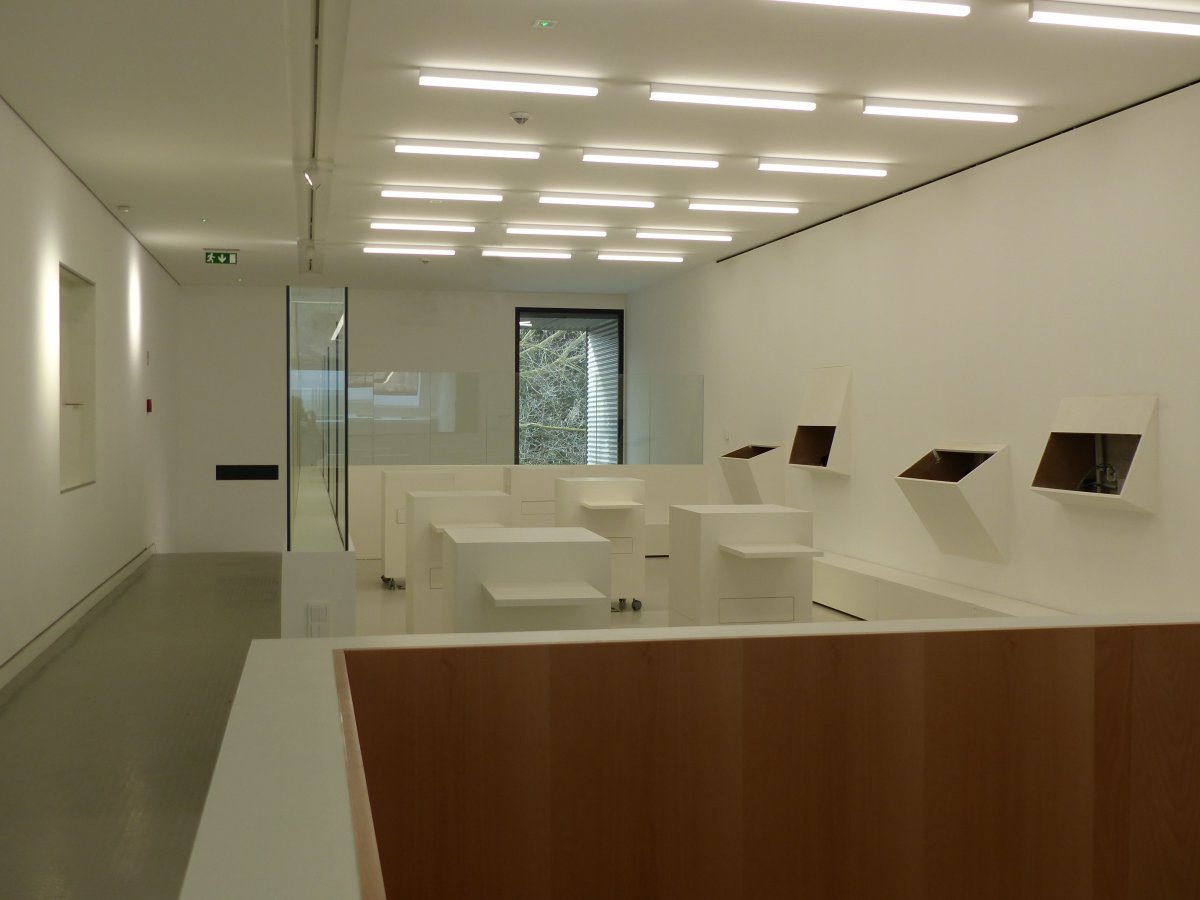
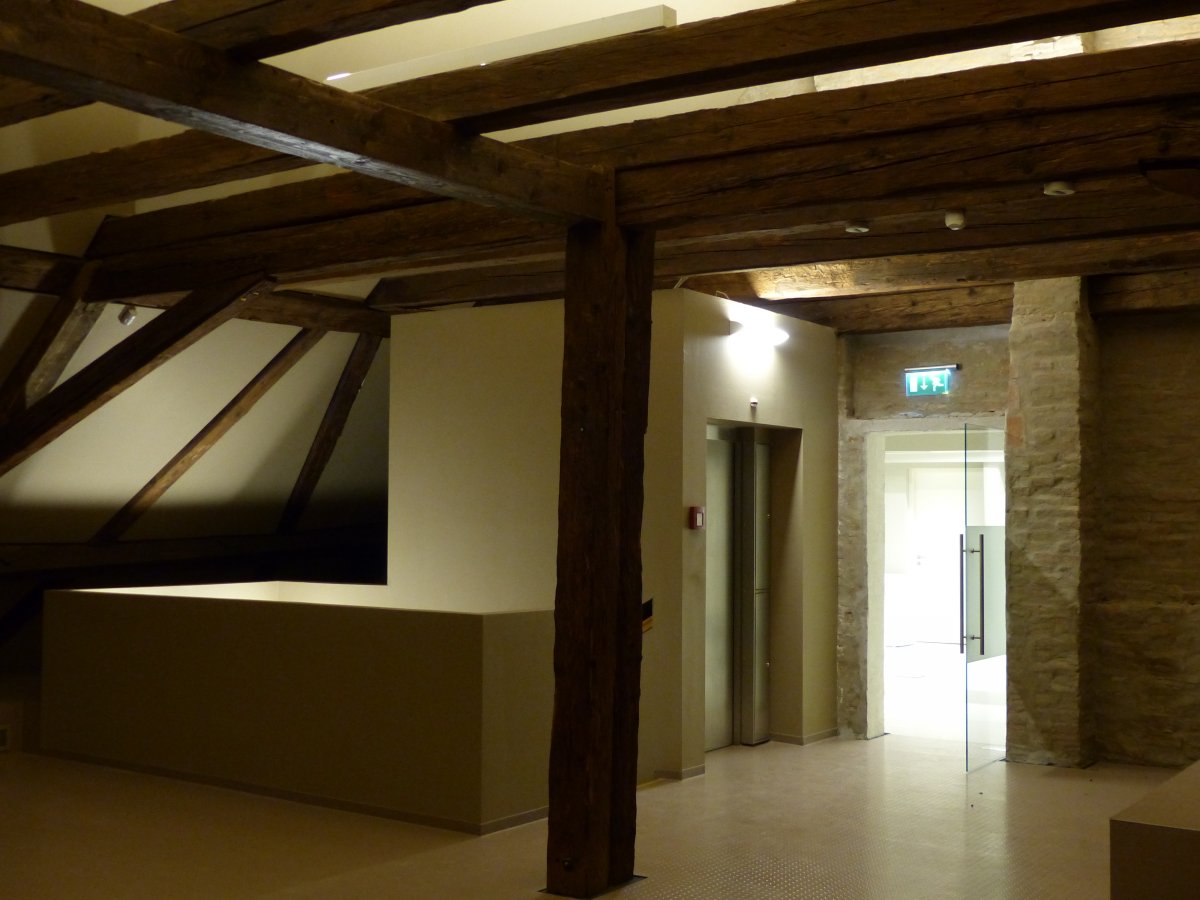
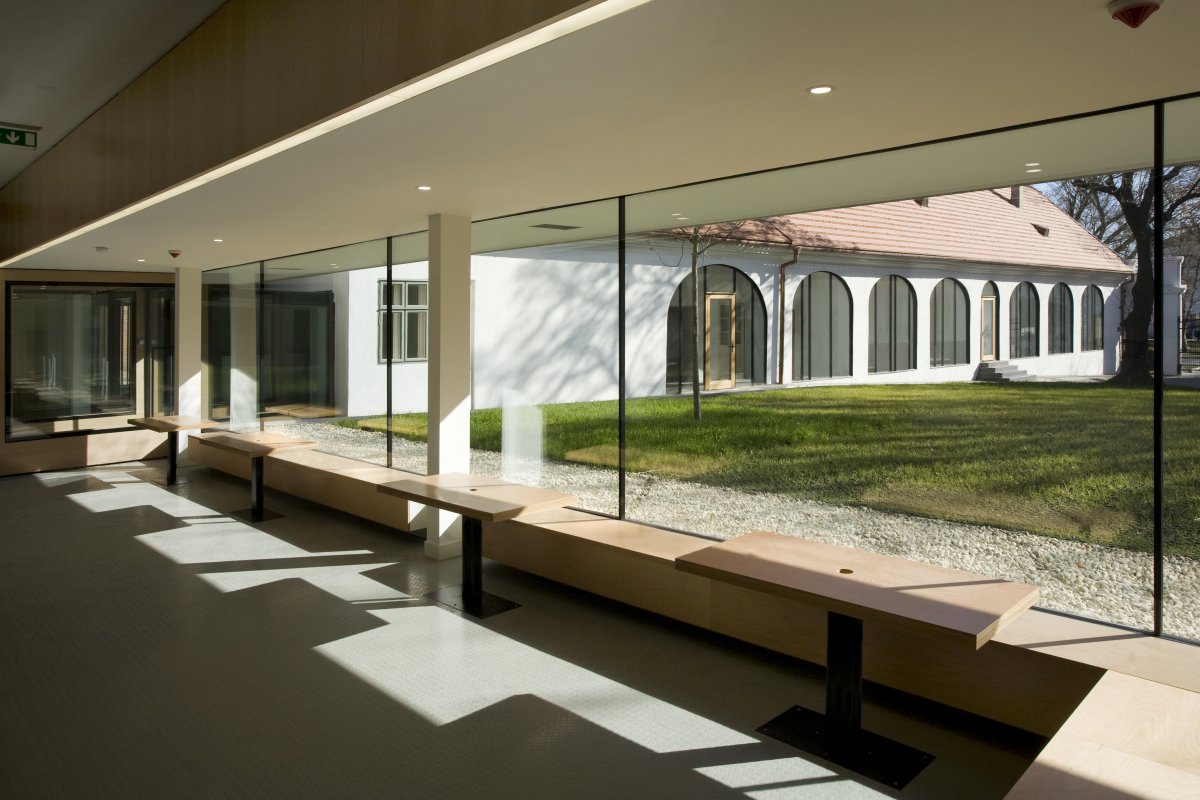
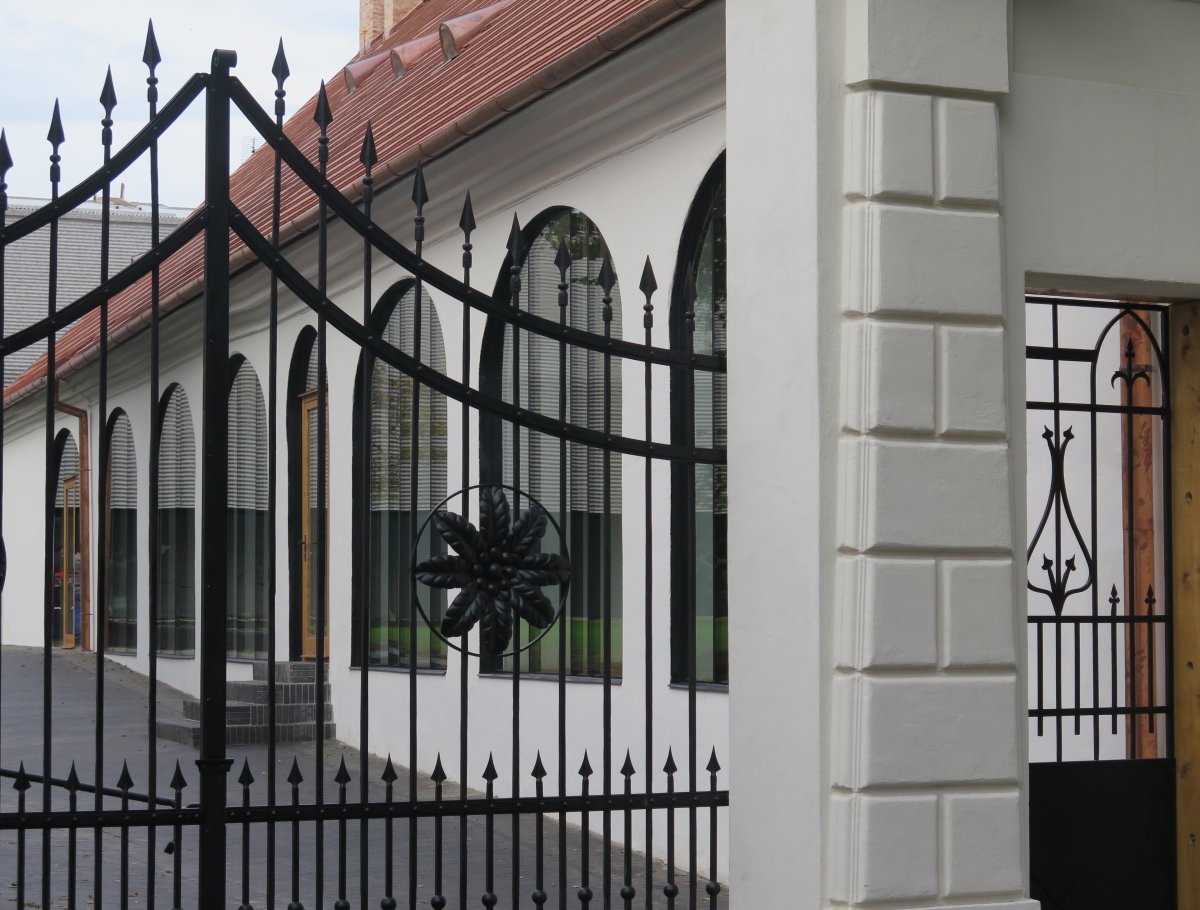
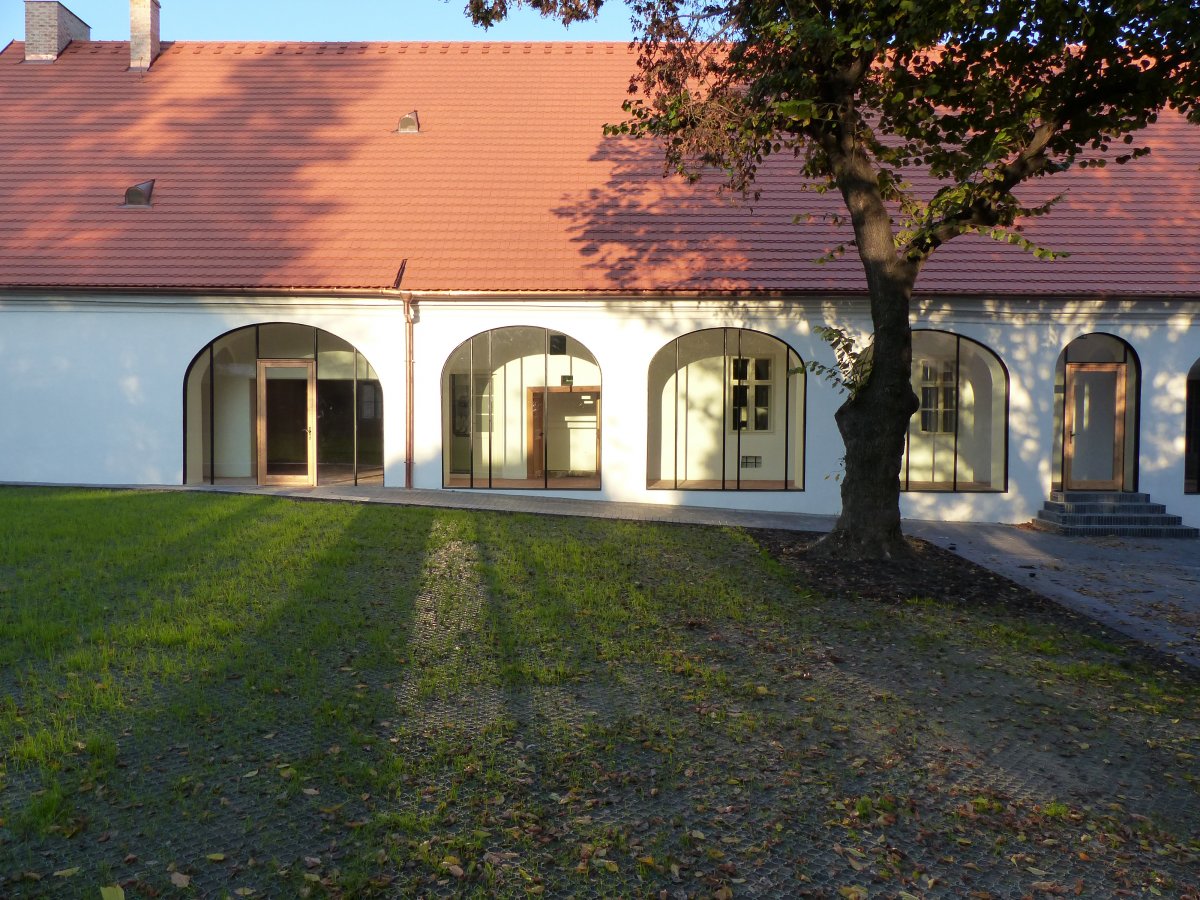
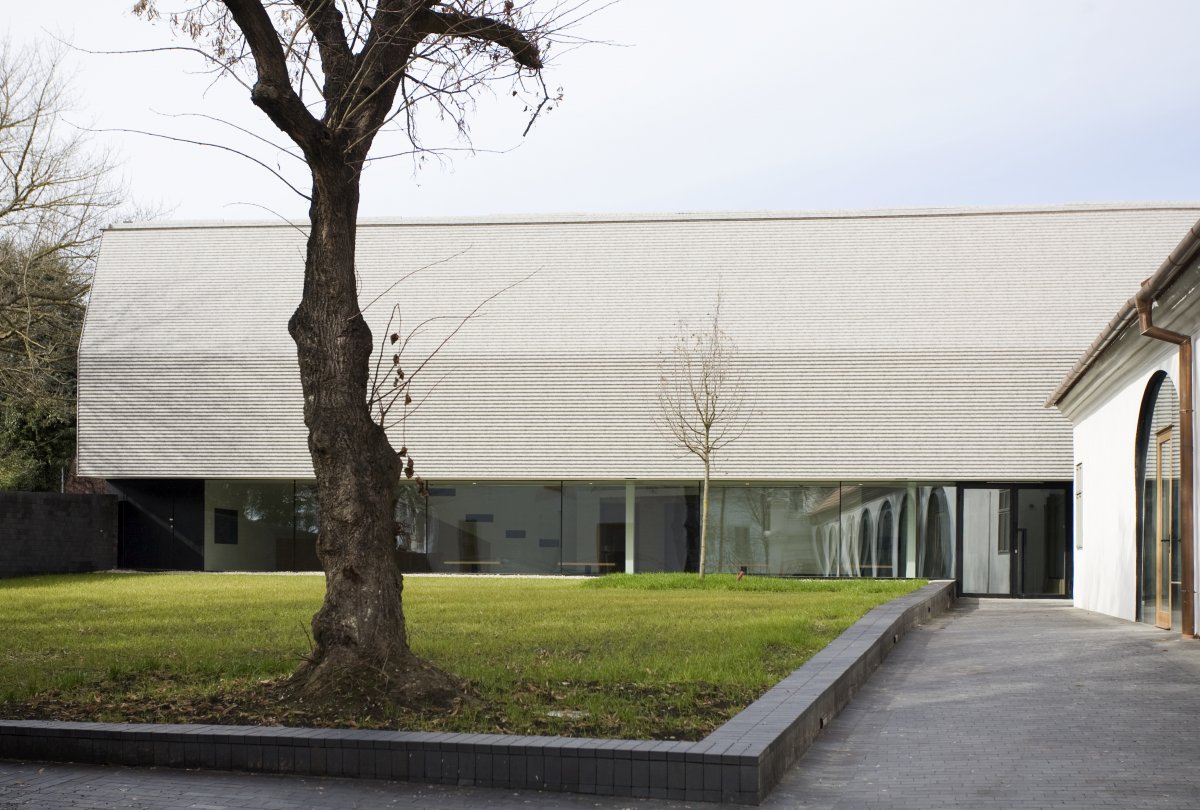
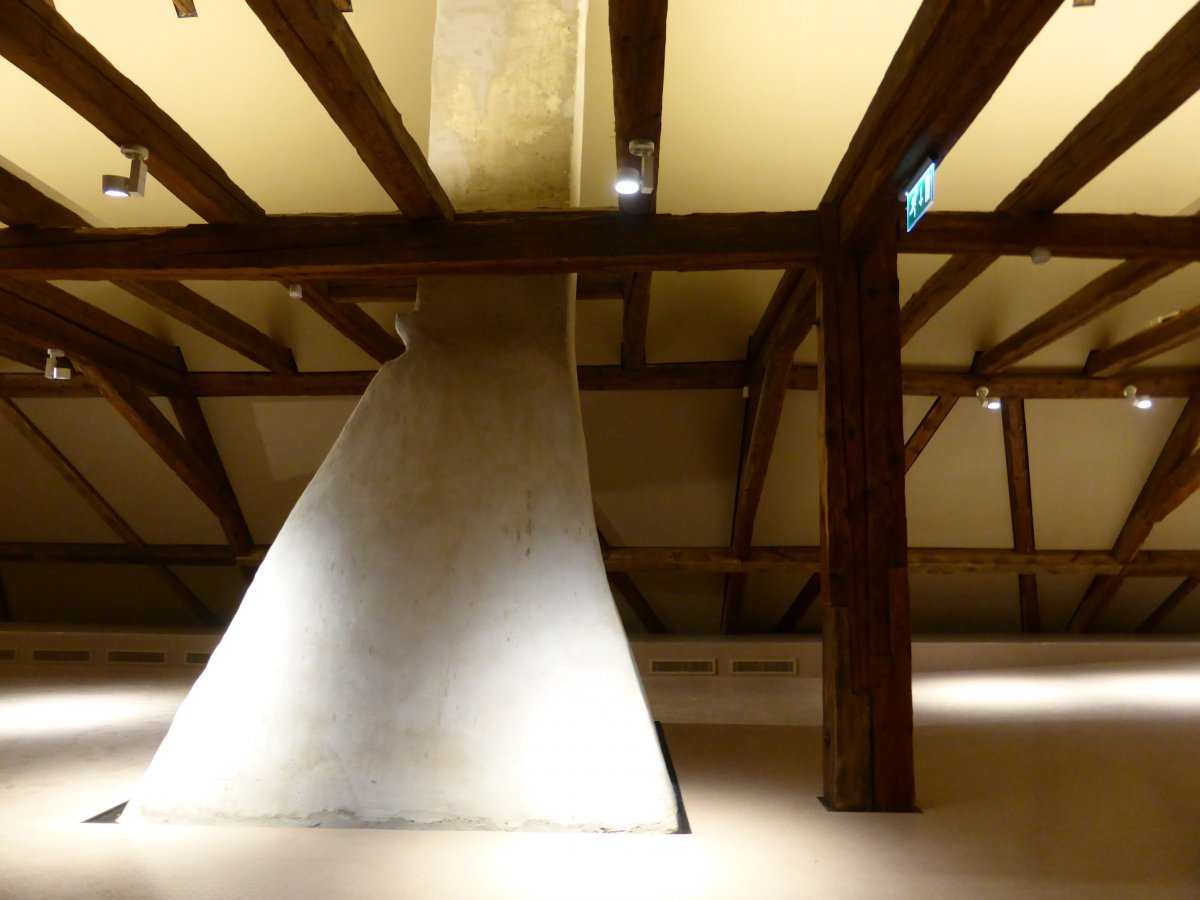
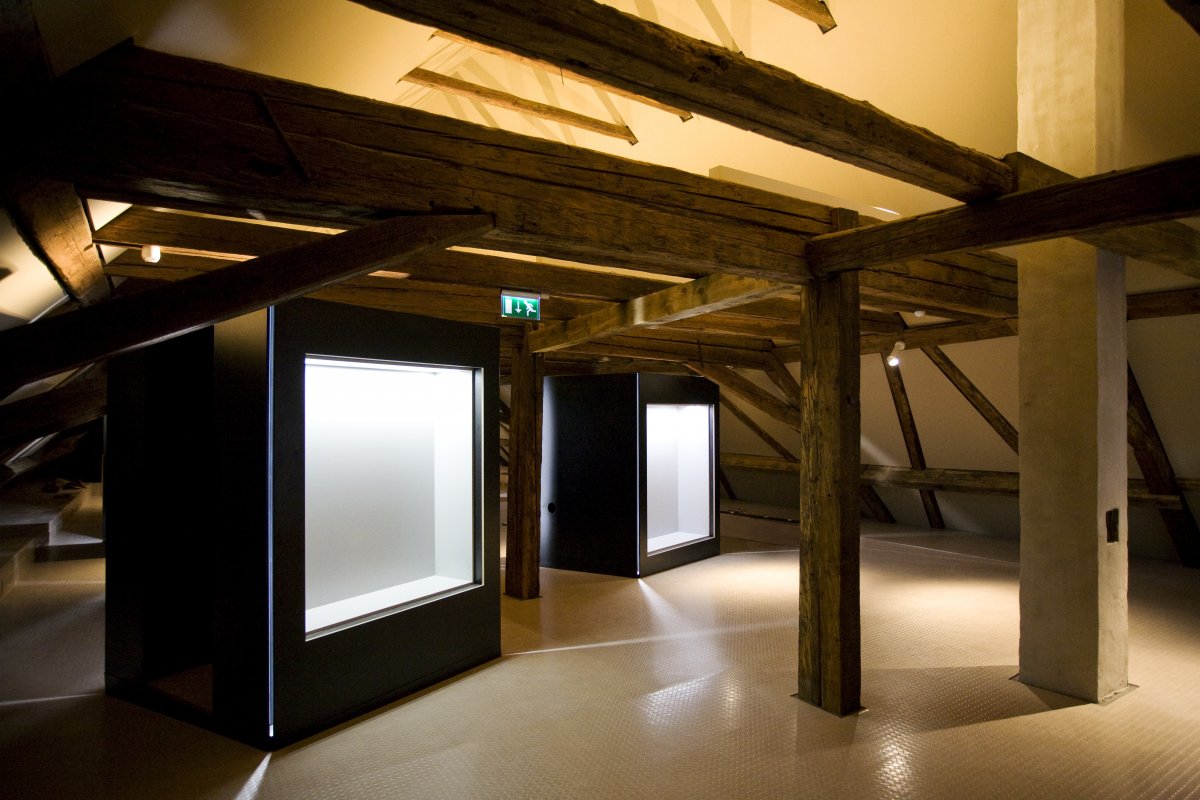
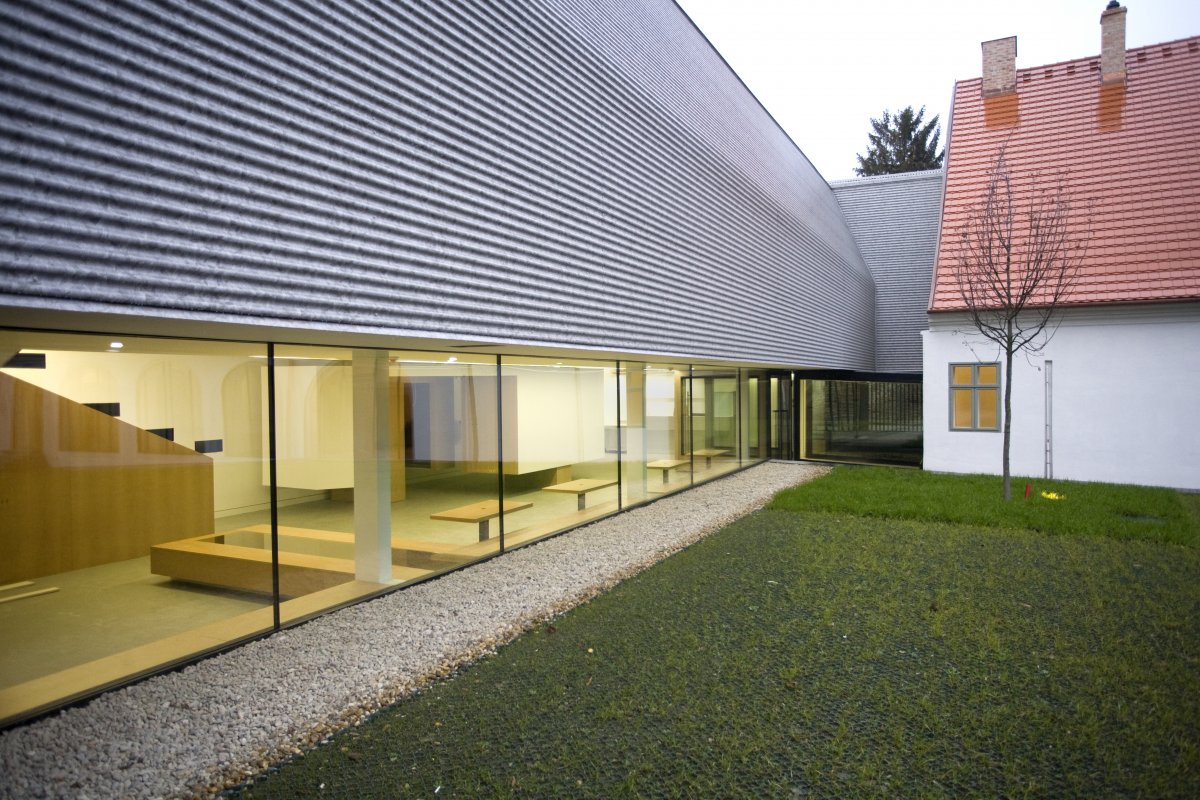
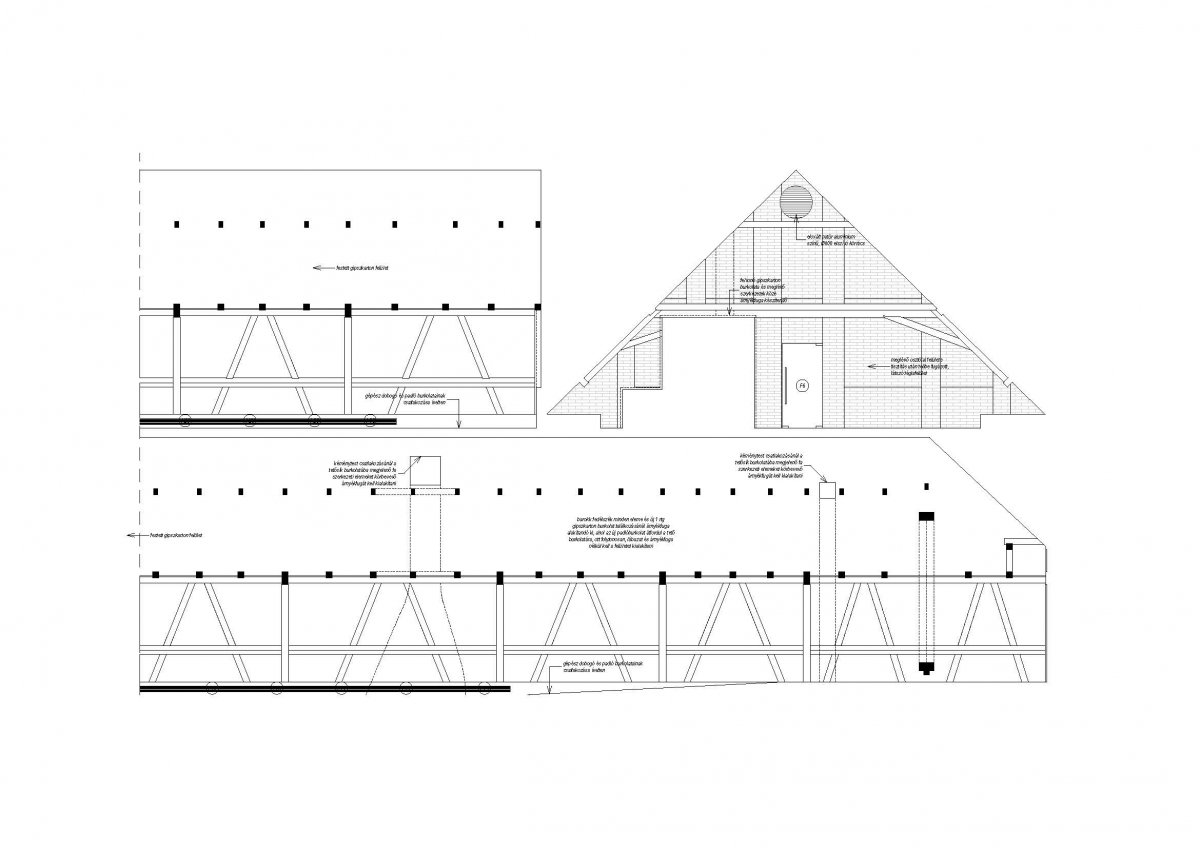
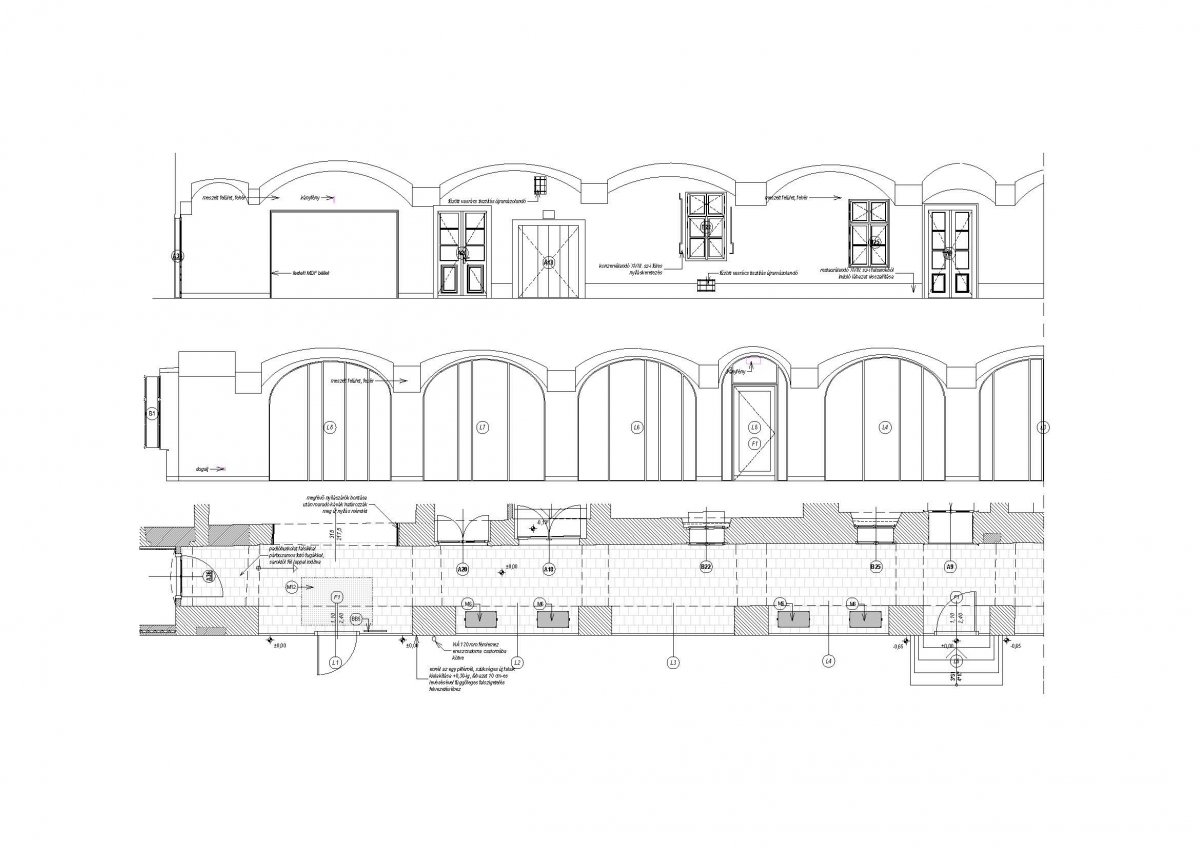
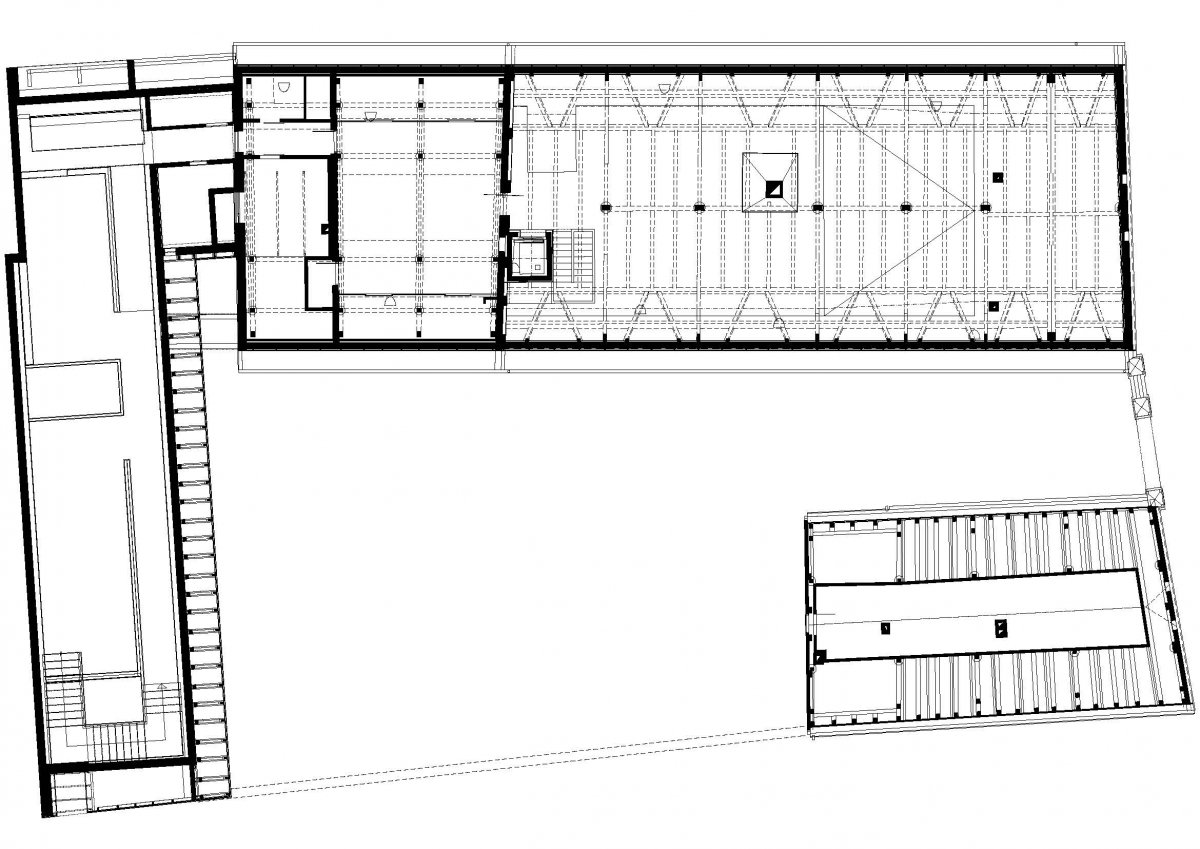
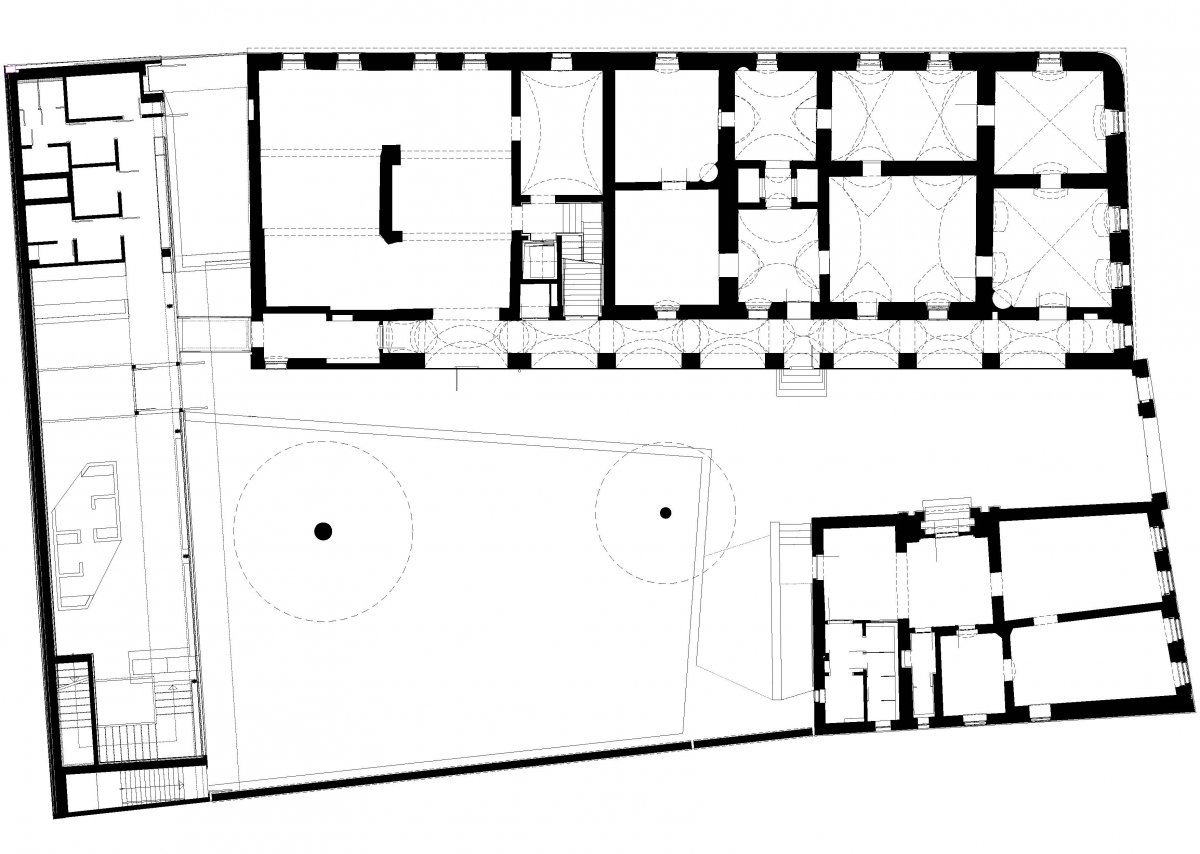

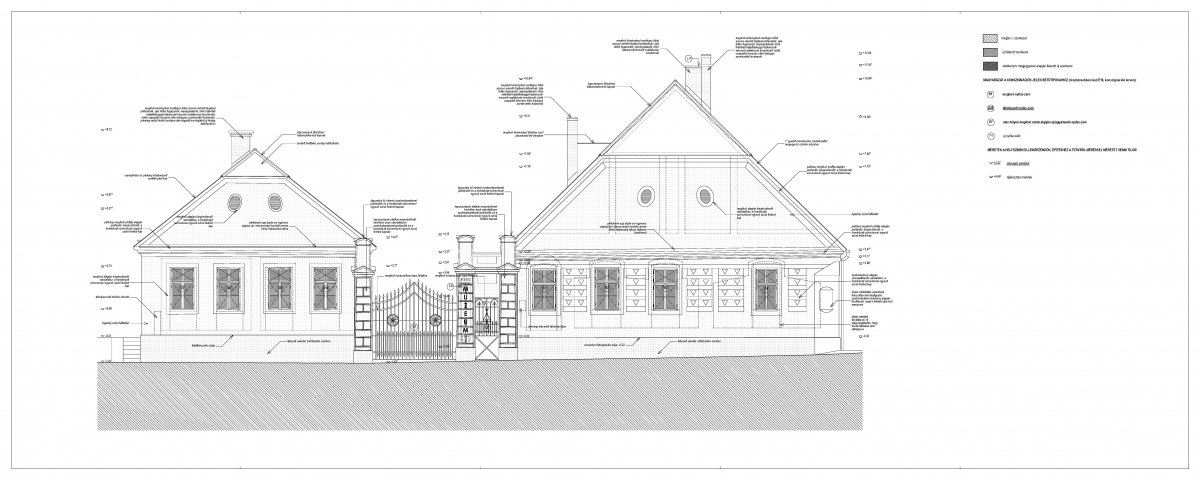
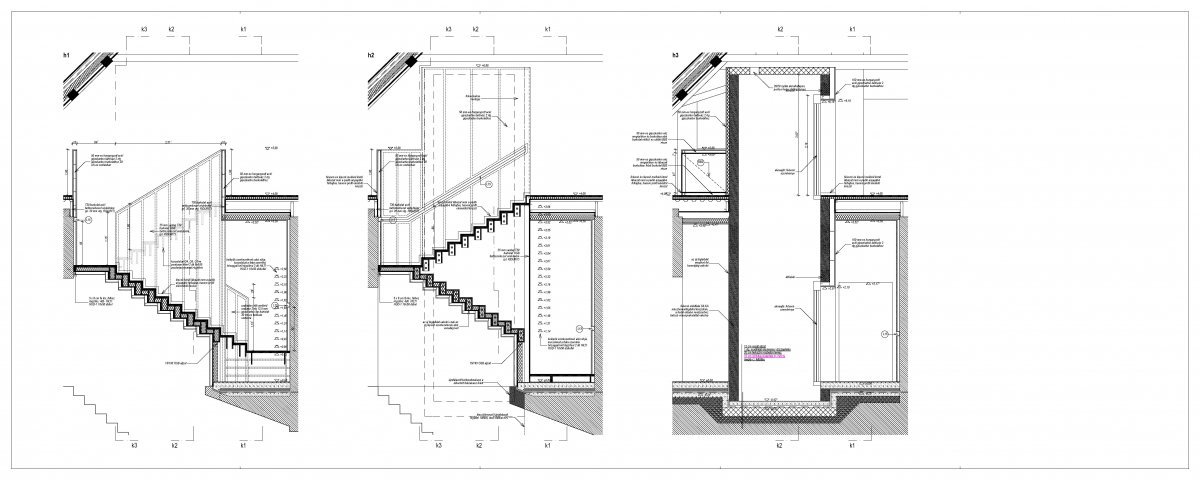
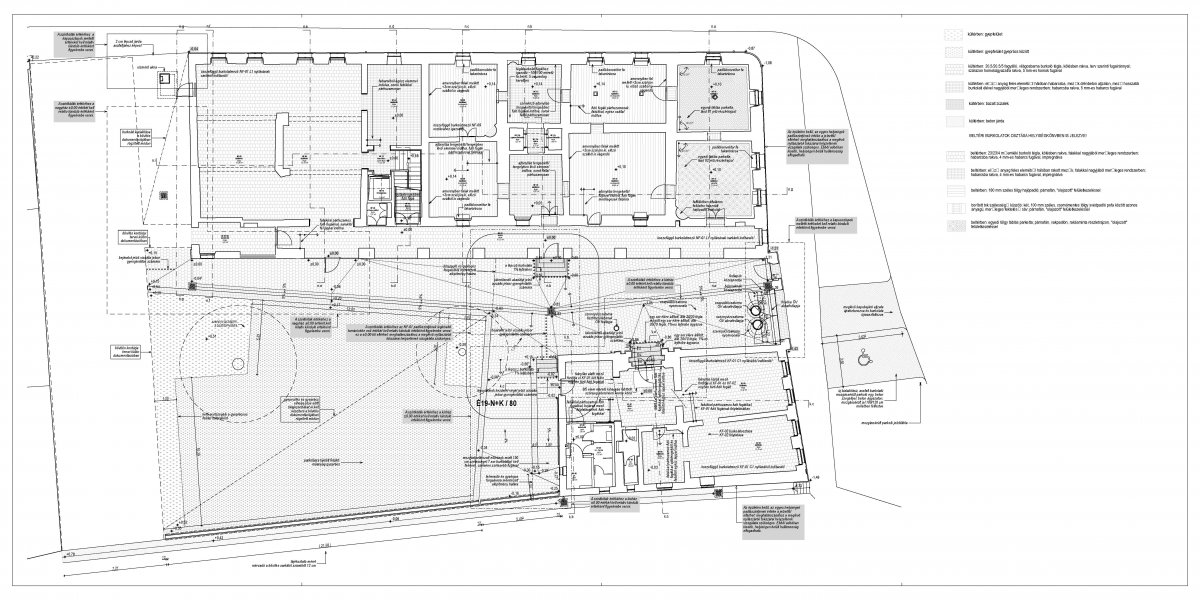
(László Kalmár - ICOMOS Prize, 2017)